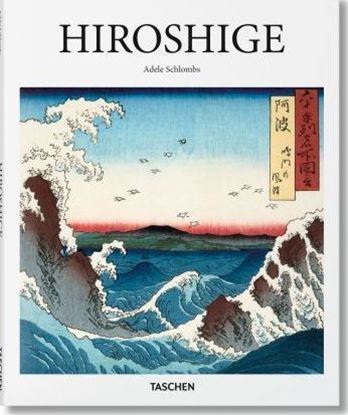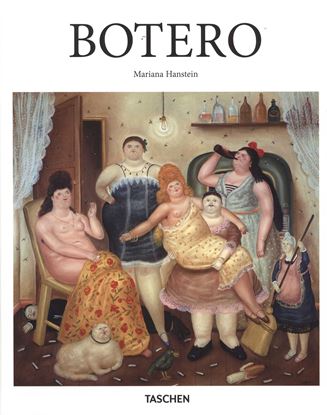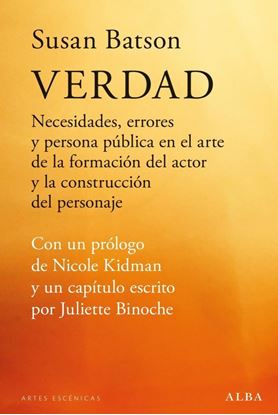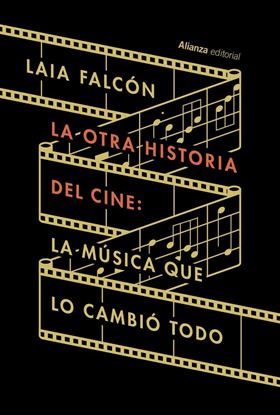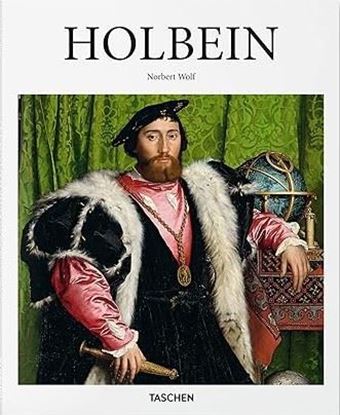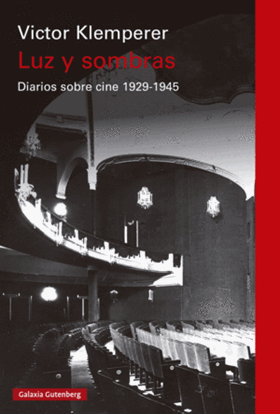

HIROSHIGE (BASIC ART EDITION) GB
Utagawa Hiroshige (1797–1858) was one of the last great artists in the ukiyo-e tradition. Literally meaning “pictures of the floating world,” ukiyo-e was a particular woodblock print genre of art that flourished between the 17th and 19th centuries. Subjects ranged from the bright lights and attractions of Edo (modern-day Tokyo), to spectacular natural landscapes.
In the West, Hiroshige’s prints became exemplary of the Japonisme that swept through Europe and defined the Western world’s visual idea of Japan. Because they could be mass produced, ukiyo-e works were often used as designs for fans, greeting cards, and book illustrations. The style influenced Impressionist, Post-Impressionist, and Art Nouveau artists alike, with Vincent van Gogh and James Abbott McNeill Whistler both particularly inspired by Hiroshige’s landscapes.
1,350
1,013
BOTERO (BA-ART)
Fernando Botero es un artista con estilo propio. Durante más de seis décadas, la técnica del boterismo colombiano ha fascinado a coleccionistas, instituciones y espacios públicos de todo el mundo por su visión exagerada, rolliza y singular del cuerpo humano. A través de sus corpulentas creaciones. Botero se ha convertido en uno de los artistas más reconocidos de Latinoamérica, y sus obras se han expuesto en algunos de los lugares más emblemáticos de todo el mundo, como la Parle Avenue de Nueva York y los Campos Elíseos de París.
Esta edición ofrece una introducción esencial a esta destacada figura del arte contemporáneo. El libro, que recorre la obra de Botero desde sus primeras caricaturas de animales hasta las últimas esculturas en bronce a gran escala, analiza las diversas influencias del artista, de Paolo Uccello al expresionismo abstracto, y rinde homenaje al ingenio, la ironía, la perspicacia y la agudeza crítica que se ocultan tras las proporciones absurdas de sus composiciones.
1,350
1,013
VERDAD. NECESIDADES, ERRORES Y PERSONA
Todos actores y personajes así como las personas en general tenemos una persona pública con la que nos presentamos ante los demás, una necesidad insatisfecha encubierta bajo esa máscara y cometemos un error trágico cuando reaccionamos ante un choque entre lo queremos que se piense de nosotros y lo que realmente somos. Sobre estos tres elementos clave Susan Batson ha desarrollado un proceso de técnica actoral que han seguido estrellas de la talla de Nicole Kidman, Tom Cruise, Bradley Cooper o Juliette Binoche. En Verdad, un clásico desde su publicación en 2007, expone didácticamente ante un círculo de alumnos imaginarios (pero en los que no cuesta reconocer actitudes y personalidades frecuentes en el mundo de la interpretación), los múltiples recursos que un actor o actriz debe explorar y aprovechar «para que un personaje esté vivo».
1,300
975
LA OTRA HISTORIA DEL CINE
Con su zafarrancho de trenes, lunas tuertas y tartas voladoras, el cine llegó como principal testigo de un escandaloso, emocionante y terrible cambio de mundo: el paso del siglo XIX al XX, tiempo de juventud y hartazgo, de entusiasmo y profunda desesperanza. Entre esos telones, este nuevo invento terminaría por convertirse en el más compartido lenguaje de narración, embeleso y manipulación; una herramienta imprescindible con la que documentar y fabricar esa época distinta a todas las demás, en la que la historia empezó a avanzar cada vez más rápido, sin casi un minuto ya para pensar en sí misma ni recoger sus cosas. Por supuesto, nada de eso sucedió en silencio. Este libro recoge, desde sus orígenes hasta nuestros días, la historia de la música del cine: una relación simbiótica y fascinante que transformó y enriqueció por igual a estas dos disciplinas artísticas en su camino compartido hacia la modernidad.
1,300
975
HOLBEIN (BA-ART) (GB)
This book brings together key Holbein paintings to explore his illustrious and international career as well as the courtly drama and radical religious change that informed his work. With rich illustration, we survey the masterful draftsmanship and almost supernatural ability to control details, from the textures of luxurious clothing to the ornament of a room, that secured Holbein’s place as one of the greatest portraitists in Western art history.
1,250
938
LUZ Y SOMBRAS
Presentamos íntegras por primera vez las anotaciones del diario del gran cronista Victor Klemperer sobre sus experiencias cinematográficas en los inicios de la era del cine sonoro. Desde el principio, el cinefilo es testigo de cómo la innovación tecnica se abre paso en la Alemania de 1929, y aunque inicialmente fue crítico con las películas sonoras, pronto cayó rendido ante las posibilidades de este nuevo formato. No era raro que viera varios filmes por semana. Sin embargo, los nacionalsocialistas se fueron apoderando del medio, y Klemperer acabará por quedar excluido de las salas de cine cuando en 1938 se prohíbe la entrada a los 'no arios'. Afortunadamente, ni siquiera eso pudo mantenerlo alejado de su gran pasión. Obligado a una existencia en la sombra, Klemperer experimentó momentos de luz ante la gran pantalla: 'Tanta música, humor, arte interpretativo y todo.
1,250
938


